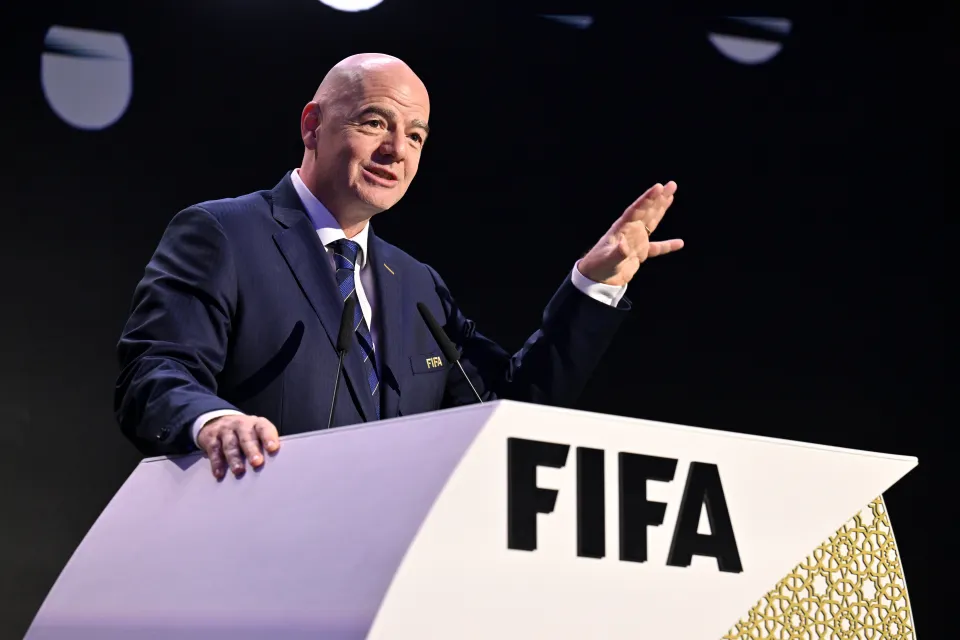
In a groundbreaking move, FIFA has unveiled plans to introduce a halftime show during the 2026 World Cup Final, marking a significant shift in the tournament’s tradition. This initiative aims to elevate the global spectacle by integrating entertainment elements akin to those seen in events like the Super Bowl.
The 2026 FIFA World Cup Final, scheduled for July 19 at MetLife Stadium in East Rutherford, New Jersey, will feature the tournament’s first-ever halftime show. FIFA has partnered with the international advocacy organization Global Citizen to co-produce this event, with renowned band Coldplay providing input on artist selection.
FIFA President Gianni Infantino emphasized that this addition is designed to create “a show worthy of the world’s biggest sporting event.” However, the implementation presents logistical challenges, primarily due to the traditional 15-minute halftime interval in football, which is shorter than the approximately 30-minute intermission typical of events like the Super Bowl.
The decision has sparked mixed reactions among football fans and analysts. Some enthusiasts express concerns that incorporating a halftime show could detract from the sport’s authenticity and disrupt the game’s rhythm. Critics argue that this move prioritizes commercial interests over the integrity of football, reflecting a broader trend within FIFA’s recent initiatives.
Conversely, supporters believe that a halftime show could enhance the overall fan experience, attracting a broader audience and adding a new dimension to the World Cup festivities. The collaboration with Global Citizen also aligns with philanthropic efforts, as the organization focuses on combating global poverty and promoting sustainability.
In addition to the halftime entertainment, FIFA plans to host a fan festival in New York City’s Times Square during the final weekend, aiming to create a vibrant atmosphere that extends beyond the stadium.
As the 2026 World Cup approaches, it remains to be seen how this blend of sports and entertainment will be received by traditional football audiences and whether it will set a precedent for future tournaments.
